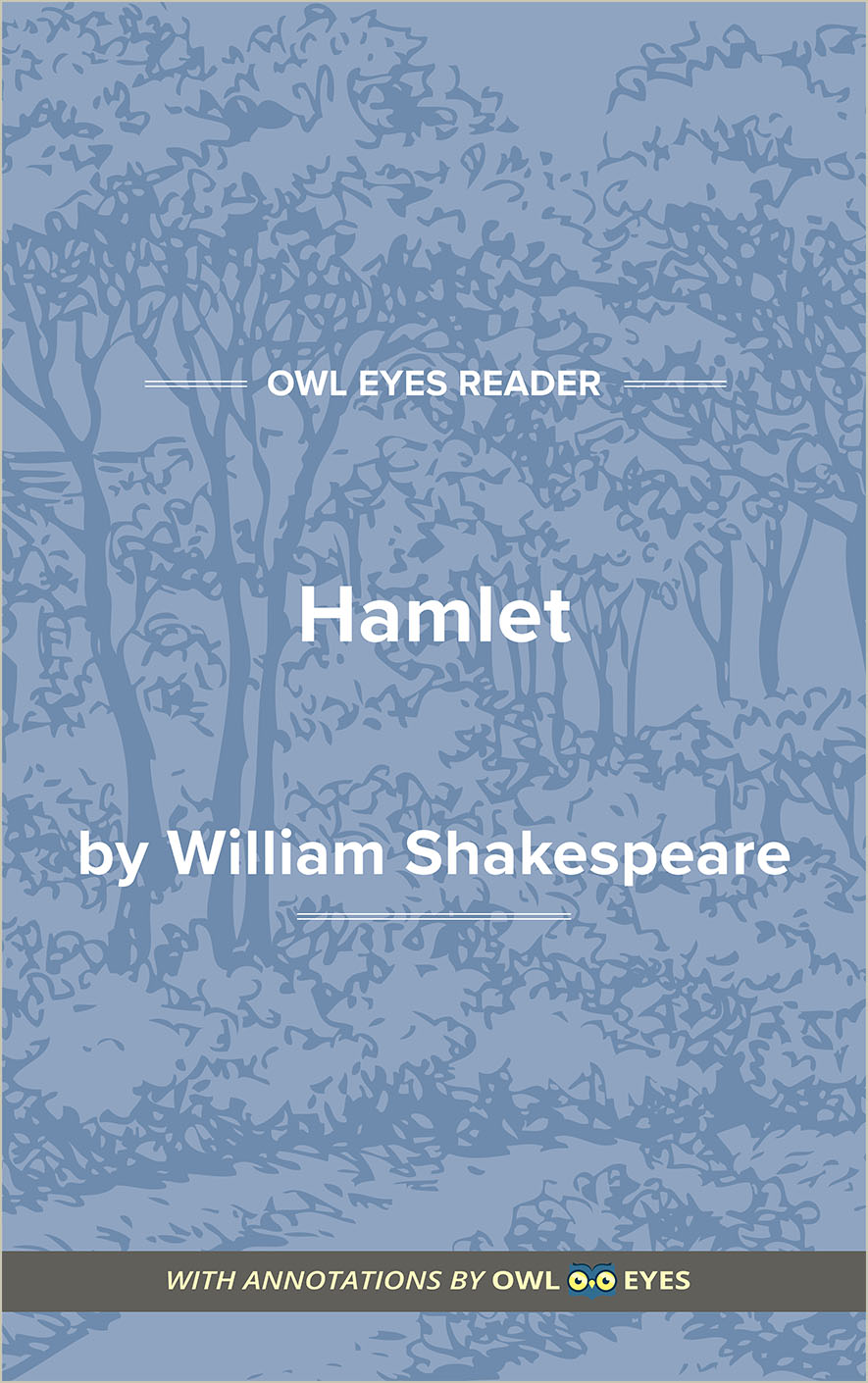Analysis Pages
Facts in Hamlet
Facts Examples in Hamlet:
Act I - Scene I
🔒"Long live the King!..." See in text (Act I - Scene I)
"A platform..." See in text (Act I - Scene I)
"struck twelve..." See in text (Act I - Scene I)
Act I - Scene V
🔒"With juice of cursed hebenon..." See in text (Act I - Scene V)
Act II - Scene I
🔒"unreclaimed blood,..." See in text (Act II - Scene I)
Act II - Scene II
🔒"bounded in a nutshell..." See in text (Act II - Scene II)
Act IV - Scene V
🔒"There's fennel for you, and columbines..." See in text (Act IV - Scene V)

